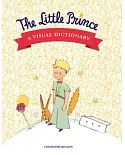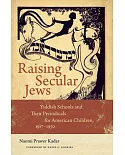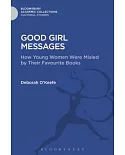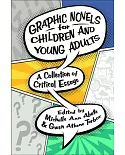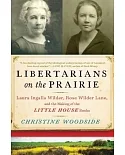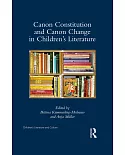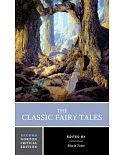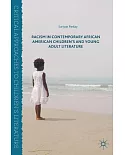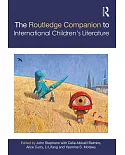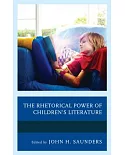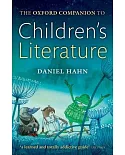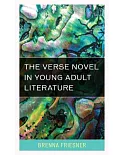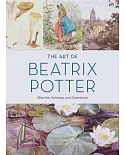Many Victorian and Edwardian fantasy stories began as extemporaneous oral tales told for the delight of children and, like Alice in Wonderland and The Wind in the Willows, were written down by
chance. These fanciful stories, told with child-like spontaneity, are analyzed here to argue their role in the revolution not only of children's literature, but of the general conception of
childhood. In contrast to the traditional moral tales of the 18th century that were written with the express purpose of instructing children how to become adults, this literature that Sandner
identifies as the "fantastic sublime" reveled in the imagination and the enjoyment of reading. By looking at the structure of the Romantic sublime and inventing and exploring the structure of
the fantastic sublime, this work offers a completely new way to examine 19th-century children's fantasy literature, and perhaps, fantastic literature in general.


